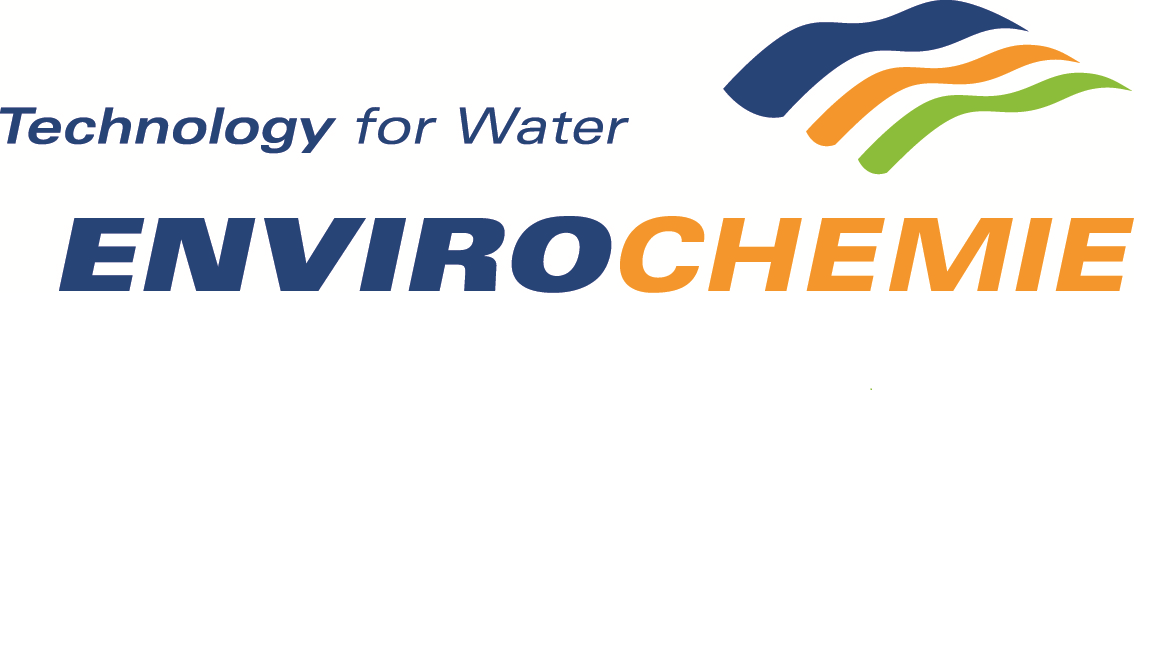By EnviroChemie GmbH
Microplastic in Water Occurrence, Risks and Removal
The White Paper covers the following topics:
- Occurrence and Pathways: the prevalence of microplastics in both marine and freshwater water systems worldwide.
- Wastewater Treatment Plant (WWTP) effluents: the concentrations of microplastic particles (MPs) found municipal wastewater, in WWTP sludge and waterway sediments, the role of atmospheric deposition and the threat to drinking water.
- Sources & Products: The paper analyses the various sources of MPs, ranging from personal care products and industrial or technical applications, through to microplastics from plastic waste and various secondary sources such as tire abrasion and textile wear. Considering diffuse vs. point sources, the paper notes that secondary microplastics play the greater role compared to primary particles.
- Measurement: The paper analyses various measurement routes, including Sampling & Extraction and Characterization & Chemical Identification of Microplastics. It notes a current lack of standardized sampling protocols but also the superiority of Fourier-transform infrared spectroscopy (FT-IR) and Raman spectroscopy to characterize the polymeric composition of microplastics.
- Effects on Organisms and Ecosystems: The paper considers how MPs enter the ecosystem, being uptaken by aquatic (micro) organism or accumulated via the food chain and considers potential ecotoxicological effects on individual organisms and ecosystem communities.
- Policy and Regulation: The paper reviews current and emerging regulator regimes that pertan to plastic waste and finds that the main impetus currently stems from consumer pressures and voluntary reduction.
- Removal from wastewater: The paper considers the removal efficiencies of WWTPs and discovers variation between regions and methods but overall efficiency of over 90 per cent with major removal taking place during solid skimming and sludge settling .For the smallest MPs, filtration by membranes is the most promising removal treatment, which also increases removal of residual bacteria in the effluent.
- Alternatives: Industry reduction in use of primary particles provides some hope of progress, with substitutes currently under consideration including microparticles produced from marine sand, particles made from polylactic acid or peeling particles from hardened palm oil. However, the ultimate solution lies in biodegradable plastics, either through synthesis of biodegradable polymers or the use of natural products such as waxes or fruit seeds.
Author
Dr. Marius Roos-Majewsky is a scientist who has been active in the fields of water chemistry and water quality for more than a decade. His key topics include analytical chemistry, environmental management and engineering as well as ecotoxicology. He is author of numerous scientific publications and commentaries. Dr. Roos-Majewsky is currently working at BASF SE in Environmental Fate and was previously at University Hospital Heidelberg and the Karlsruhe Institute of Technology (KIT).

















